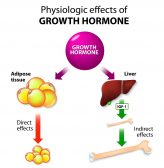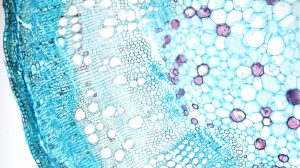Definition
noun, plural: chelicerates
Any of the species belonging to the subphylum Chelicerata
Supplement
The chelicerates are species of the subphylum Chelicerata, which in turn, belongs to the largest phylum of the animal kingdom – Arthropoda (arthropods). The arthropods are characterized by having segmented body or specialized body regions, jointed and paired appendages (limbs), and a hard chitinized exoskeleton. The chelicerates are arthropods that are named for their feeding appendages called chelicerae. The chelicerae are specialized pair of appendages that appear before the mouth. These appendages have become a part of the mouth and in spiders, the chelicerae form fangs. These fangs may be associated with a venom gland and therefore are used to inject venom into a prey or into a potential threat. Most chelicerates also have pedipalps. The pedipalps are specialized appendages that are found next to the chelicerae and in front of the first walking legs. The pedipalps may be modified to perform a range of functions including food manipulation and sensing, locomotion, defense, and reproduction. Most of the chelicerates’ body plan is comprised of two tagmata: the prosoma and the opisthosoma. The chelicerates have an open circulatory system just as other arthropods. As for their respirator systems, marine chelicerates have book gills whereas terrestrial chelicerates have book lungs and tracheae.
The subphylum Chelicerata is comprised of the following taxonomic classes: Merostomata (horseshoe crabs and eurypterids), Pycnogonida (sea spiders), and Arachnida (scorpions, spiders, etc.).
Word origin: Greek cheilos (lips) + cheir (arm)
See also:
Dictionary > Chelicerate
You will also like...

Bryophytes
Bryophytes (nonvascular plants) are a plant group characterized by lacking vascular tissues. They include the mosses, th..

Birth of a Human Baby
Following nine months inside the mother's womb is the birth of the baby. Know the different stages of the birthing proce..

Soils
Nutrients in the soil are essential to the proper growth of a land plant. This tutorial deals with the properties of soi..

Animal Growth Hormones
Hormones are produced in the endocrine glands of animals. The pituitary gland and hypothalamus are the most impor..

Cell Biology
The cell is defined as the fundamental, functional unit of life. Some organisms are comprised of only one cell whereas o..

Respiration
The human respiratory system is an efficient system of inspiring and expiring respiratory gases. This tutorial provides ..

